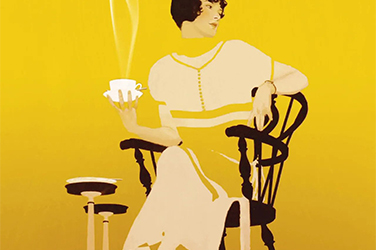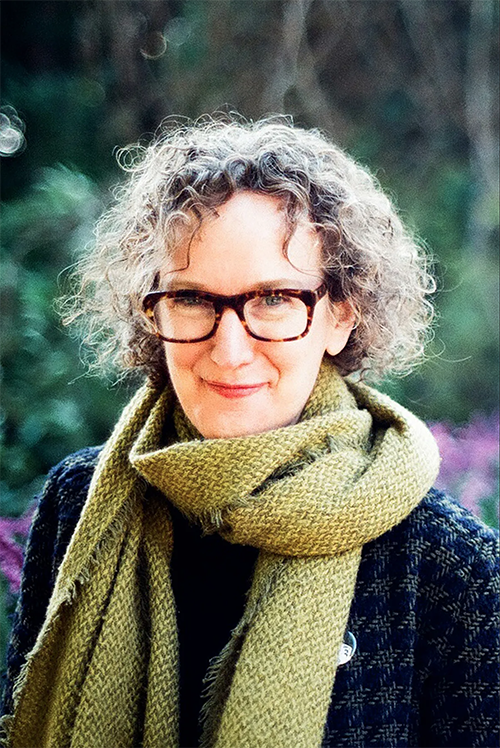
- Free Article: No
- Contents Category: Fiction
- Review Article: Yes
- Article Title: Choirs of reform
- Article Subtitle: Jane Rawson’s topical allegory
- Online Only: No
- Custom Highlight Text:
Allegories can be divisive. They are inherently deceptive, forever speaking with forked tongues. Animal Farm both is and isn’t a fairy story about talking pigs. Spenser’s Faerie Queene isn’t just an epic poem about the Redcrosse Knight’s chivalric virtues. The Lion, the Witch and the Wardrobe isn’t merely a fantasy about plucky children conquering a malicious ice queen. Some readers enjoy being literary archaeologists fossicking beneath a narrative’s surface for deeper meaning. There is a thrill in peering through a story’s topsoil, discovering the many-layered substrata beneath it, seeing the author’s politics supporting the words. Others prefer texts without overt messages. To them, as Barthes puts it, the writer should be ‘dead’. Let readers engage with the work on their own terms. Let the book speak for itself.
- Featured Image (400px * 250px):

- Alt Tag (Featured Image): Lisa Bennett reviews 'A History of Dreams' by Jane Rawson
- Book 1 Title: A History of Dreams
- Book 1 Biblio: Brio Books, $29.99 pb, 312 pp
- Book 1 Readings Link: booktopia.kh4ffx.net/kjPaod
Jane Rawson’s A History of Dreams isn’t a novel about four young women learning witchcraft in 1930s Adelaide. Not really. Nor is it a book about ‘female friendship, the power of finding a vocation, and the importance of joy in a time of political darkness’, as the back-cover copy claims, though these themes are obviously developed throughout the narrative. It doesn’t quite ring true as clear-cut historical fiction: the main characters (Margaret, Esther, Phyllis, and Audrey) are middle-class school-leavers with feminist spirit, next-generation suffragettes who are ‘woke’ beyond their years (and, indeed, their era); the setting is, initially, self-consciously cosy, all train journeys and rose-coloured summer holidays, meetings of the girls’ regular ‘Semaphore supper club’ at which they plan tennis parties and other fundraisers; and, start to finish, the cis-het male figures are universally repellent, poster-boys of the patriarchy. In any other, straightforward novel – one that privileges superficial prose over, say, an author’s complex creative engagement with ingrained social inequities – these aspects might seem heavy-handed. Unreal. Unbelievable, even.
 Jane Rawson (photograph via author's website)
Jane Rawson (photograph via author's website)
Rawson’s writing has never been straightforward.
A History of Dreams is: a profoundly unsettling allegory; a timely satire; a scathing indictment of life in twenty-first century Australia, despite its being set nearly a century ago, when fascism is on the rise (at home and abroad), Hitler’s name is on everyone’s lips, conservative rich men dominate the government, misogyny is both overt and internalised, and women are rammed into nuclear-family-shaped boxes and told ‘Don’t forget to smile!’ when these conditions aren’t a good fit. The parallels between Rawson’s fictional then and reality now are too disturbing to ignore.
The four witches–revolutionaries in this novel are avatars of women in our country today: women who outnumber men in higher education, yet still bear the brunt of child-rearing and home-making: by age thirty-five, eighty per cent of men in Australia are employed full-time compared to only forty per cent of women, who earn substantially less than their male counterparts. Esther, Mags, Phyl, and Audrey are all versions of Grace Tame, who made headlines in January this year because she refused to be a ‘good girl’ and smile submissively at a powerful man. They are all Brittany Higgins, former Liberal staffer, whose National Press Club address in February bristled with rage at the prime minister’s lack of real action in the wake of her allegations of sexual assault in a minister’s office in 2019. They are the generation of women Virginia Trioli described on ABC Radio Melbourne soon after this address, the ones ‘stepping into their power fuelled by the unasked-for anger that is the by-product of their trauma’.
A History of Dreams conveys this conflagration of women’s rage in the face of systemic oppression. It presents a coven of young women wielding the only weapon they have in this situation: the subtle magic of manipulating dreams. As their alternate-1930s Adelaide becomes increasingly authoritarian, the witches slip suggestive images into water and wine, then wait for the nightmares or fantasies they have conjured to affect change from within sleepers’ psyches. They are relying on hopes and dreams to sway hearts and minds, to inspire ‘a revolution brought about by conviction, not violence’. What a sharp, insightful narrative device! On the one hand, it highlights the importance of individual action; each dreamer is inherently capable of resisting and reshaping social structures. Slowly but surely, this dream-magic optimistically suggests, single dissenting voices can become duets, quartets, national choirs of reform. On the other hand, it also calls to mind Puck’s epilogue from A Midsummer Night’s Dream: ‘If we shadows have offended / Think but this and all is mended …’ If these women’s lives hinge on things as ephemeral, erratic, and effaceable as dreams, what real hope is there that matters can improve?
Like much allegorical fiction, A History of Dreams doesn’t offer solutions to any of our nation’s problems, but rather illustrates the cyclical nature of history, the resilience of tyranny, and the glacial pace of change. Though it aims to emphasise hope, joy, and the importance of friendship in times of darkness, this novel ultimately reflects the bleakness of women’s circumstances – then and now. It tells us that reason, rationality, and human decency aren’t always enough to incite revolution: magic is the most viable option. But even when witches band together, even when they employ impossible magic, even then their supernatural power may not be as powerful as the patriarchy.
‘“[Men are] everywhere,” Esther said. “And everywhere, they’re like this. There’s nowhere on earth or in history where it’s good to be a girl.”’


Comments powered by CComment